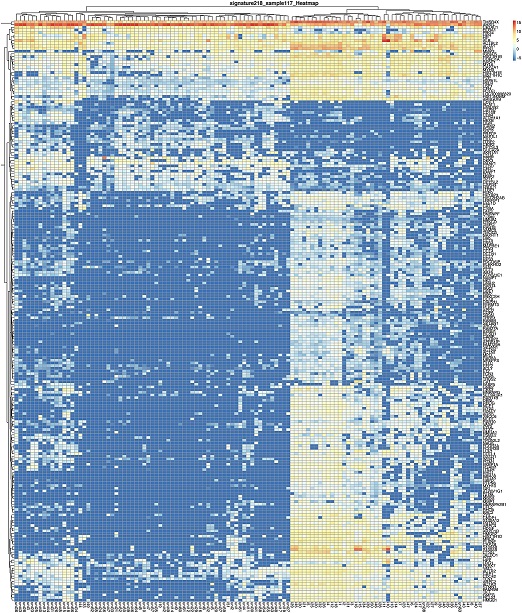Periprosthetic joint infection (PJI) remains a challenging complication in orthopaedics. These infections are often related to low-virulence organisms, and the search for reliable diagnostic tests continues to be paramount. Joint aspiration has been a starting point for molecular biologic and culture approaches to diagnosis.
In the October 20, 2021 issue of JBJS, Li et al. report on the potential of mass spectrometry as a method of PJI diagnosis through the detection of changes of certain proteins in synovial fluid. The study builds on a previous pilot study in which the authors identified myeloid nuclear differentiation antigen (MNDA), polymorphonuclear leukocyte serine protease 3 (PRTN3), and lactoferrin (LTF) as 3 potential synovial markers for the detection of PJI. In the new study, the authors sought to further explore these findings in a larger sample size. And with ELISA (enzyme-linked immunosorbent assay) in protein detection being somewhat unreliable for researchers (ELISA results were not wholly consistent with the results of mass spectrometry in the previous study), the authors sought to use parallel reaction monitoring to quantitatively verify the results.
A total of 117 synovial samples (51 PJI and 66 non-PJI) were analyzed with the technique of liquid chromatography-tandem mass spectrometry. Among the authors’ findings:
- Cluster analysis of the differentially expressed proteins demonstrated that the cohorts with and without PJI could be clearly divided into 2 groups. Sensitivity and specificity were 0.961 (95% CI, 0.854 to 0.993) and 0.924 (95% CI, 0.825 to 0.972), respectively. However, the authors also note that 7 patients (5 with PJI and 2 without) were mistakenly allocated to the wrong group and that the underlying characteristics of these cases require additional investigation.
- MNDA and PRTN3 were identified again in this study as differentially expressed proteins with “excellent performance,” suggesting that they may be reliable markers for detecting PJI with mass spectrometry. However, the third marker identified in the previous study, LTF, was not identified as a differentially expressed protein.
- Quantitative analysis of another group of 40 synovial samples through parallel reaction monitoring confirmed MNDA and PRTN3 results.
Time will tell whether the use of mass spectrometry for PJI diagnosis proves to be reliable in the clinical setting. Other factors, such as instrumentation complexity and technology costs, must also be considered. Nonetheless, the report by Li et al. helps inform the broader conversation on PJI detection and offers insight into new approaches to diagnosing these catastrophic complications.
Click here for the full report.
Marc Swiontkowski, MD
JBJS Editor-in-Chief



